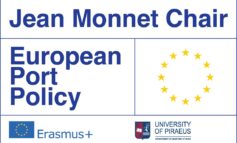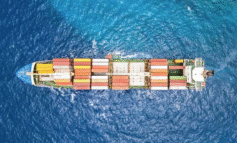The recent announcement of a new container storage system, which according to the developers can triple terminal capacity, is interesting news.
Container storage methods have changed little, if at all, over the last decades. But now a German industrial engineering group — an ‘outsider’ with no prior expertise in container storage systems — and DP World have jointly developed a system, similar to those in automated warehouses, to store and retrieve containers up to 11 stacks high.
The value of such a system is partly in the increase in operaional efficiency as there are no unproductive moves. However, the core effect is much higher land productivity. This is relevant, as land in ports is increasingly scarce and has various alternative uses.
In many ports, terminal operators are not paying the ‘true costs’ of land, as public infrastructure investments are not fully passed on to the terminals. The gradual shift towards business case driven port development leads to higher land/concession fees for terminals and thus helps tip the balance in favour of expensive high productive systems against cheaper low productive systems.
The announcement of the first application at Jebel Ali’s Terminal 4 is in my view surprising. Jebel Ali’s volumes are still below 2015 levels, and there is around 3m teu of unused capacity. In addition, the growth prospects for the region are lower than in other regions.
Furthermore, this storage system would seem to be more attractive for gateway ports with complex, fragmented landside operations than for a transhipment port like Jebel Ali, where the issue of unproductive moves should be smaller.
Finally, one would expect the land value in Jebel Ali to be lower than metropolitan ports such as Hong Kong, Antwerp, Vancouver and Valparaiso. In Valparaiso for instance, such a system may be an alternative to an expensive and strongly contested new terminal development that would deeply and negatively impact Valparaiso’s potential to develop its waterfront, arguably its most important urban development challenge.
In short, even though it remains to be seen if this particular system will win-out, or if the Jebel Ali project will be successful, there is little doubt current storage practices need to be disrupted by radically more productive alternatives, with benefits for ports and their cities.
First published @PortStrategy













